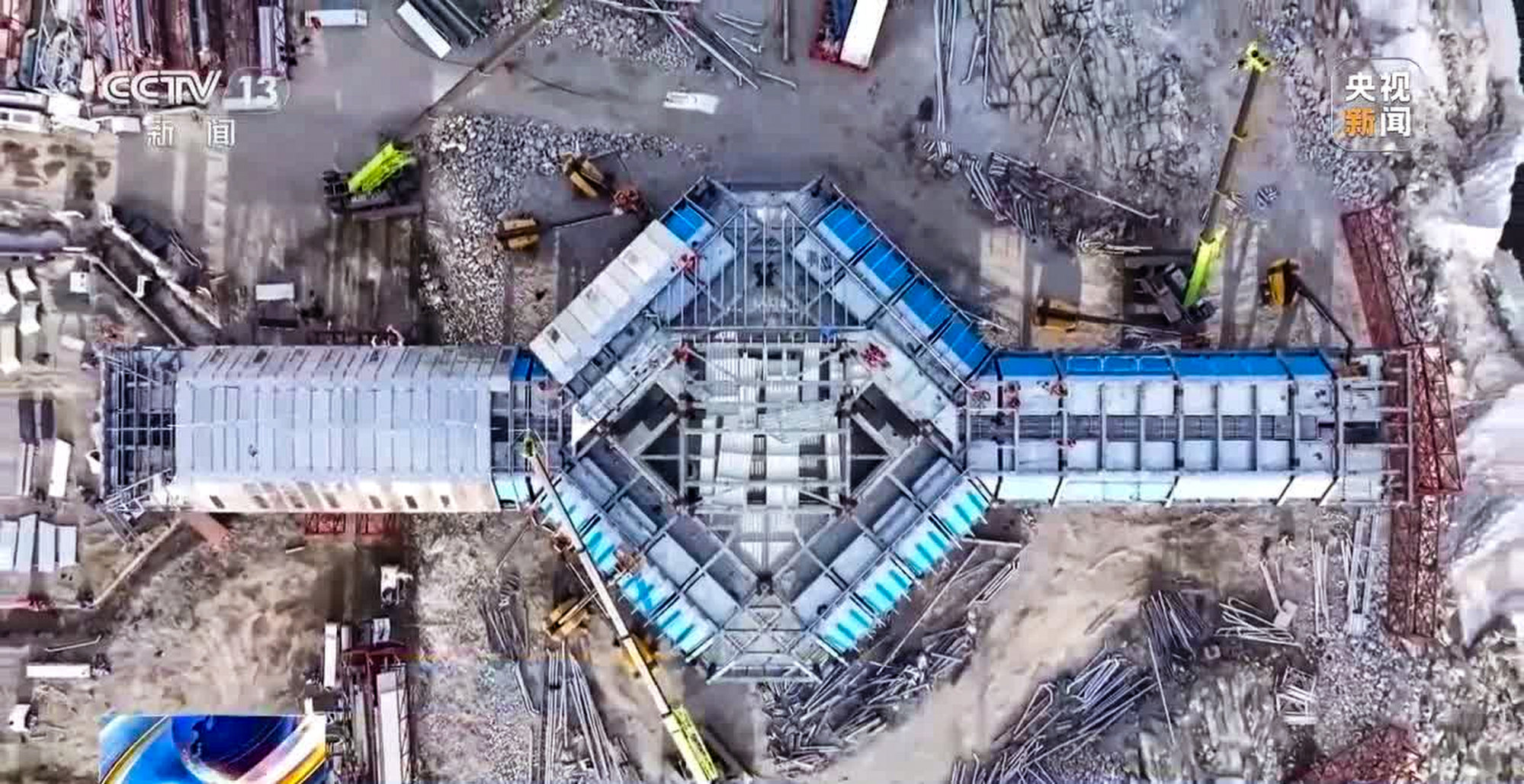
China builds Antarctic outpost to study pristine Ross Sea environment
- The new permanent base is the country’s third on the continent and will house up to 80 researchers
- Scientists will use it to study the world’s biggest marine protected area
The station is the country’s first on the west coast of the Ross Sea, a deep bay in Antarctica off the Southern Ocean, and will be able to house 80 researchers in summer and 30 in winter, according to state broadcaster CCTV.
“The Ross Sea is a large bay in the South Pacific Ocean that penetrates deep into Antarctica,” station designer Zhu He told CCTV.
“It preserves one of the last intact marine ecosystems on Earth and is ideal for the study of energy and material exchange in the Earth’s systems, marine life, and global climate change.”
The Ross Sea region has the world’s largest marine protected area, covering more than a million square kilometres and home to some rare species such as “unique sponges that live for up to 500 years”, according to the New Zealand foreign ministry.
The ministry said the protected zone also covered breeding grounds and habitats for Antarctic toothfish, and “other areas of importance for ecosystem integrity”.
Long Wei, deputy director of the Chinese Arctic and Antarctic Administration, told state-owned Science and Technology Daily that the new station would be a base for monitoring the ecology of the protected area, helping to protect the continent’s environment.
Located on Inexpressible Island, the station will cover more than 5,200 square metres (56,000 sq ft) and join seven others in the area erected by six countries, including the United States, New Zealand, Italy, and Russia.

It will be China’s third permanent research station in the Antarctic after the Changcheng and Zhongshan stations, which can operate throughout the year.
Its Kunlun and Taishan stations can only operate in summer.
The US has three year-round research stations in Antarctica and Russia has five, according to official data.
Long said China’s presence would underpin the country’s participation in international Antarctic governance.
China signed an international proposal on protection of the Ross Sea area in 2015 after extensive negotiations, with the deal allowing limited commercial activities including fishing.
It went into force in December 2017 after Russia, the last holdout, signed up in 2016.
The agreement is a crucial area of environmental cooperation between China and the United States.
According to the white paper issued by the State Oceanic Administration that first unveiled the fifth research station plan in 2017, Beijing vowed to enhance “scientific investigation and research capability” in Antarctica, and elevate the region’s infrastructure.
The white paper also expressed China’s willingness to improve international polar cooperation. Norway, a leader in polar research, was named as a potential partner.
China is one of the few countries that does not have domestic legislation governing its activities in Antarctica, and some of its fishing practices in the region have raised environmental concerns.



